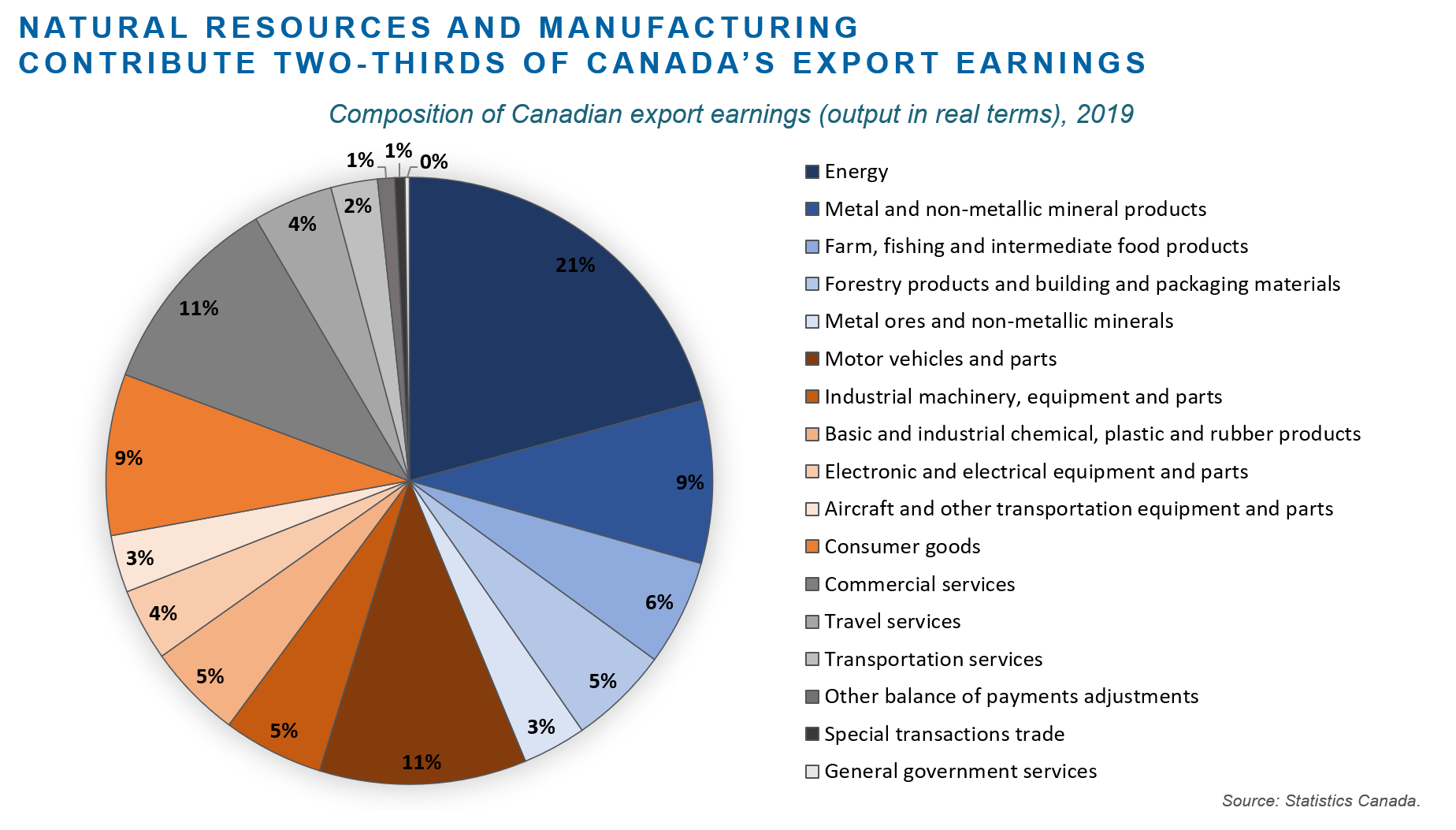Which industries pay Canada's bills?
Productivity isn’t everything, but in the long run it is almost everything. A country’s ability to improve its standard of living over time depends almost entirely on its ability to raise output per worker.
~ Nobel Laureate Paul Krugman, 1997
A country’s standard of living ultimately depends on its labour productivity, that is, its ability to generate the highest possible level of income or output, per unit of labour input. Labour productivity is a function of a country’s capital intensity, labour force quality, use of advanced technologies, achievement of economies of scale, and adeptness at shifting capital and labour across industries and firms to their highest value use.Canada has historically had a high standard of living relative to many other countries. Which major industries are largely responsible for that? Which sectors support high levels of income and tax revenues to fund Canada’s world-class public health and education systems? And after COVID-19 ends, which industries are critical to the recovery of pre-pandemic income levels?
What are Canada’s highest value-added sectors?
Canada’s highest value-added sector – by far – is natural resource production (Figure 1). Mining, oil and gas production generates almost twiceas much real income per unit of labour input as the next highest value-added industries. The sector’s openness to international competition and trade engenders its intensive use of capital, skills, advanced technologies and economies of scale.For every hour worked in the natural resource sector in 2018, Canada generated $304 of real income. That is well in excess of utilities ($183 per hour), real estate ($135), information and cultural industries ($99), finance and insurance ($76) and manufacturing ($65). The high levels of income generated from Canada’s most productive sectors create demand for other goods and services across the rest of the economy.
Figure 1
Which sectors generate Canada’s export earnings?
Canada’s export mix is also illuminating. It highlights what the international marketplace thinks Canada is good at producing and selling to buyers in foreign markets. Natural resource production and manufacturing generate about two-thirds of Canada’s exports earnings in real terms (Figure 2). Energy – including oil and gas, coal, nuclear fuel, electricity, and refined petroleum products – is easily the biggest earner. The sector contributes around one-fifth or $140 billion of Canada’s export earnings, twice as much as the next largest sectors. Motor vehicle manufacturing and commercial services are the next biggest earners, each contributing around $75 billion or 11% of total exports, while mineral production contributes another $60 billion (9% of total exports). Overall, goods represent the majority (82%) Canada’s total exports, while services contribute 18% of export earnings.
Figure 2
Conclusion
2020 has been a brutal year to date for Canada’s economy. In the first quarter the economy has been battered by: the #ShutDownCanada protests in February, paralyzing major transport and export infrastructure across the country for several weeks; a precipitous collapse in commodity prices in March, especially energy prices, due to contracting global demand and a Saudi Arabia-Russia oil price war; and an actual economic shutdown imposed by governments across the world – including Canada – to combat the COVID-19 pandemic.The quickest, surest path for Canada’s post-pandemic recovery is to fire up its big economic engines. These are the industries that are high value-added and/or that contribute export earnings, creating demand for the rest of the economy. In simple terms, these sectors “pay the bills.” They generate high levels of income and, directly or indirectly, the tax revenues Canada relies on to sustain its world-class public services. Absent the horsepower from these big economic engines, the rest of the economy will likely struggle to quickly recover pre-pandemic income levels.Follow the Business Council of B.C. on LinkedIn and Twitter.


